From Concept to Launch: The Game Development Process at FOGYX
So, how exactly does this all come together? Let’s take you through the journey from concept to launch and break down each step of the FOGYX game development process. Whether you’re a curious gamer, aspiring developer, or just someone interested in how games are made, this guide will give you an inside look.
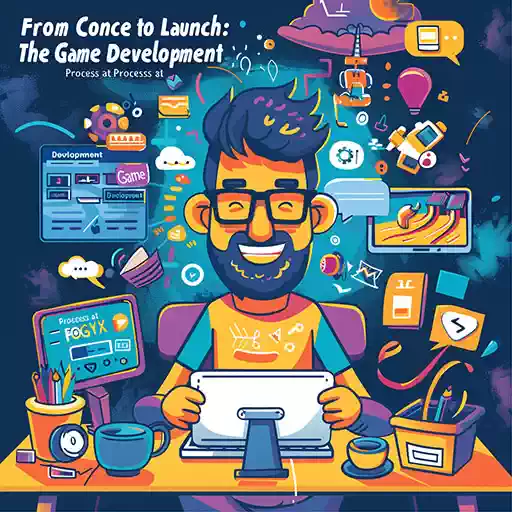
1. The Idea Stage: Where It All Begins
Every great game starts with a simple idea. This stage is all about brainstorming and conceptualizing. But it’s not just about coming up with something fun—it’s about identifying what will resonate with the players. At FOGYX, this stage sets the foundation for everything that follows.1.1 Brainstorming and Conceptualization
Before anything gets built, our team dives deep into brainstorming. We throw out wild ideas, combine different concepts, and challenge ourselves to think outside the box. During this time, we ask questions like, What kind of game will this be? What emotions do we want players to feel? How will we stand out in a crowded market?We look at current trends, past successes, and even failures in the gaming world to identify gaps that our game could fill. Every idea gets evaluated based on its potential to engage players, the technical feasibility, and how it aligns with our brand’s vision.
1.2 Target Audience and Market Research
Once we have a basic concept, we start researching. FOGYX puts a lot of emphasis on understanding who the game is for. What do our target players like? What are their frustrations with existing games? This is where we start shaping the game’s core mechanics and themes.We look at competitor games, study player demographics, and gather insights from player feedback on forums, social media, and reviews. This helps us refine our initial concept, ensuring that we're creating something that will not only stand out but also connect with players on a deeper level.
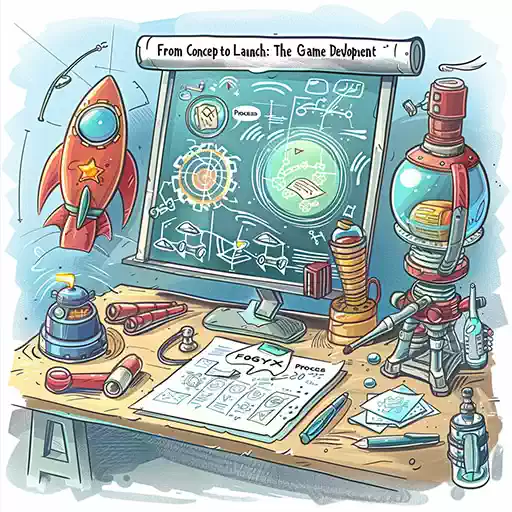
2. Pre-Production: Laying the Groundwork
Once the concept is solidified, we move on to pre-production. This is the planning phase where we map out the game’s blueprint and make important decisions that will shape the entire development process.2.1 Game Design Document (GDD)
One of the most critical components of pre-production is the Game Design Document (GDD). Think of it as the game’s bible. It includes everything from gameplay mechanics and storylines to level design and art direction. This document keeps everyone on the same page and ensures the team has a clear vision of what the final product should look like.2.2 Building the Team
During pre-production, we also assemble the perfect team for the project. This includes game designers, developers, artists, sound designers, and QA testers. Each member brings their own unique expertise to the table, and at FOGYX, we believe that collaboration is the key to creating a successful game. Every voice is heard, and ideas from different departments often shape the final product in unexpected and exciting ways.2.3 Prototyping
Once the GDD is ready, it’s time to start prototyping. We build a simple, bare-bones version of the game to test out core mechanics and ideas. This is where we experiment and see if the game works the way we envisioned. Is it fun? Does the gameplay flow naturally? Prototyping helps us identify potential problems early on and gives us the opportunity to make changes before moving forward with full production.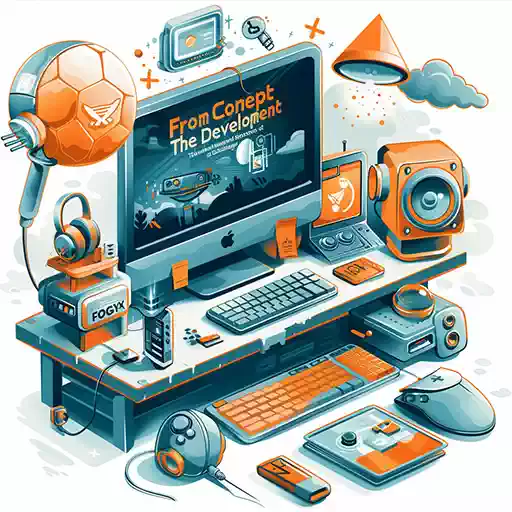
3. Production: Bringing the Game to Life
Production is where the real magic happens. This is the longest phase of development, where our concepts begin to take shape and evolve into a playable game. Here’s where FOGYX excels in turning ideas into interactive entertainment.3.1 Art and Design
During this stage, our artists and designers work hand-in-hand to create the game’s visual identity. Whether it’s crafting stunning environments, animating characters, or designing UI elements, every piece of art is meticulously crafted to fit the game’s theme and tone. At FOGYX, we focus on creating visuals that not only look great but also enhance the gameplay experience.3.2 Programming and Coding
Meanwhile, the developers are hard at work building the game’s core mechanics, physics, and interactions. Using tools like Unity, Unreal Engine, or custom in-house software, they breathe life into the game’s world. This stage is where all the technical aspects—controls, player feedback, AI, and game physics—are integrated into the project.It’s an iterative process. Features are built, tested, tweaked, and tested again. Bugs are identified and fixed. We focus on ensuring that the game is responsive, smooth, and works flawlessly across all platforms.
3.3 Audio Design
No game is complete without immersive audio. At FOGYX, we believe sound is just as important as visuals. Our audio designers create the soundtrack, sound effects, and voice-overs that bring the world to life. Whether it’s the crunch of footsteps in snow or the epic score during a climactic battle, audio is key to enhancing the player’s emotional experience.3.4 Testing and Iteration
Throughout production, the game goes through extensive testing. Our Quality Assurance (QA) team plays the game over and over, looking for bugs, glitches, and areas that need improvement. But testing isn’t just about technical issues—it’s also about making sure the game is fun, balanced, and engaging.We also do playtesting with a group of external players to gather feedback. These players provide invaluable insights into how the game feels, what works, and what doesn’t. Based on their input, we make adjustments to gameplay, difficulty levels, and other key elements to ensure that the final product is as polished as possible.
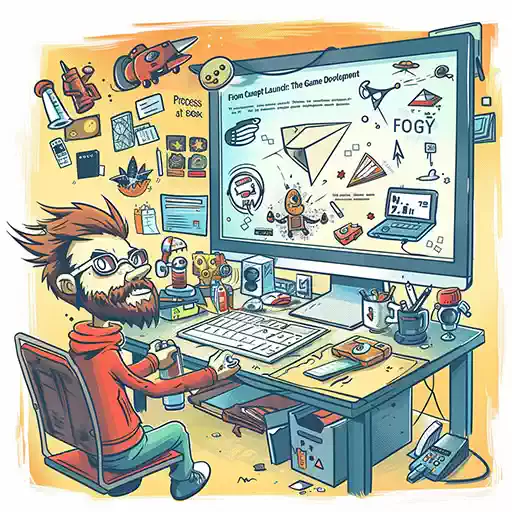
4. Post-Production: Preparing for Launch
Once the game is fully built, tested, and polished, we move into the final phase—post-production. This is where we prepare the game for launch and beyond.4.1 Marketing and Community Building
Before a game is launched, it’s crucial to build excitement and get the word out. At FOGYX, we work closely with our marketing team to create promotional materials, trailers, and social media campaigns that highlight the game’s best features. We also engage with gaming communities, share behind-the-scenes content, and generate buzz to ensure a successful launch.4.2 Bug Fixes and Polishing
Even after extensive testing, no game is perfect. During post-production, our team continues to squash any last-minute bugs and make final tweaks to optimize performance. Whether it's adjusting load times or improving visual effects, the goal is to make sure the game runs smoothly on launch day.4.3 Launch and Beyond
The big day arrives—launch day. The game is released to the world, and players finally get to experience the result of months (or even years) of hard work. But the journey doesn’t end there.At FOGYX, we believe in supporting our games long after launch. This means listening to player feedback, rolling out updates, adding new content, and fixing any post-launch issues that arise. In many cases, this marks the beginning of the game’s evolution, as we continue to expand and improve based on the community’s needs.
Conclusion: The Heart of Game Development at FOGYX
Creating a game from concept to launch is an intricate, multi-faceted journey. At FOGYX, we put our hearts and souls into every stage of the process, ensuring that the games we create are not just entertaining but memorable. From the initial spark of an idea to the moment it hits the market, our goal is to create experiences that leave a lasting impact on players.So, the next time you play one of our games, remember—there’s a world of effort, creativity, and passion behind every click, jump, and victory.
12 October 2024
More articles
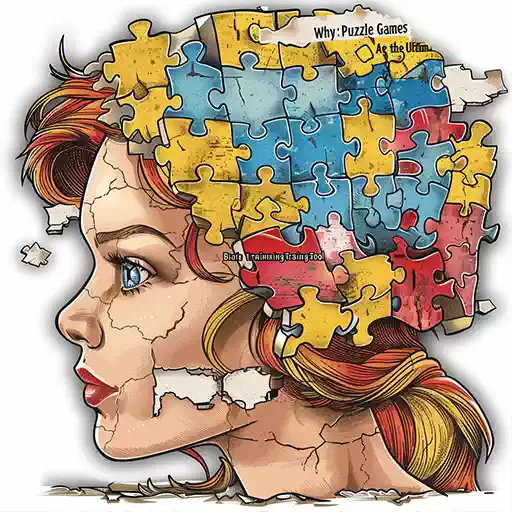
In today’s fast-paced world, everyone is looking for ways to keep their mind sharp, stay focused, and, let’s be honest, have some fun along the way. While some may turn to crosswords or Sudoku, an ever-growing number of people are finding that puzzle games are not only a great source of entertainment but also a powerful tool for training the brain. With engaging mechanics, challenging levels, and plenty of brain-bending puzzles to solve, it’s no surprise that puzzle games have earned their place as the ultimate brain training tool.
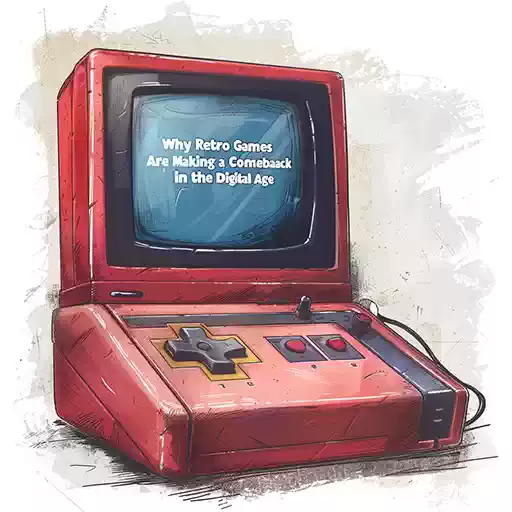
There’s a certain magic about retro games that just can't be replaced. Remember the pixelated charm of Super Mario Bros., the adrenaline rush of defeating your first boss in The Legend of Zelda, or the satisfying "boop" of clearing rows in Tetris? For many of us, these games represent more than just pixels on a screen—they’re a deep well of nostalgia. But retro games aren’t just relics of the past anymore; they're making a massive comeback in the digital age.
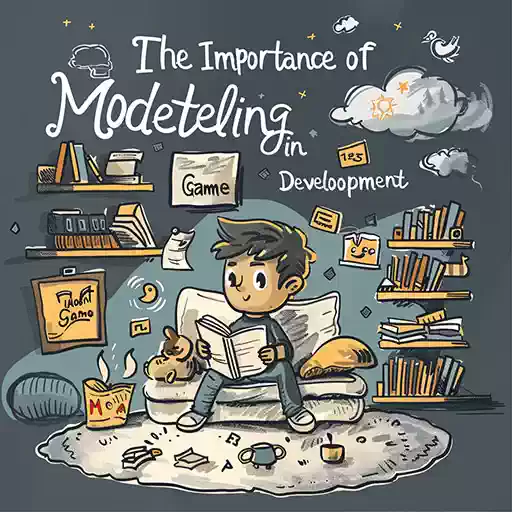
In today's world of gaming, where technology continues to evolve at a breakneck pace, it's easy to get swept away by the allure of stunning graphics, realistic physics, and immersive virtual environments. But there's something even more timeless at the heart of every great game—storytelling. A captivating story can transform an ordinary game into an unforgettable experience, drawing players in and keeping them hooked long after they've set down the controller or closed their app.
all articles
